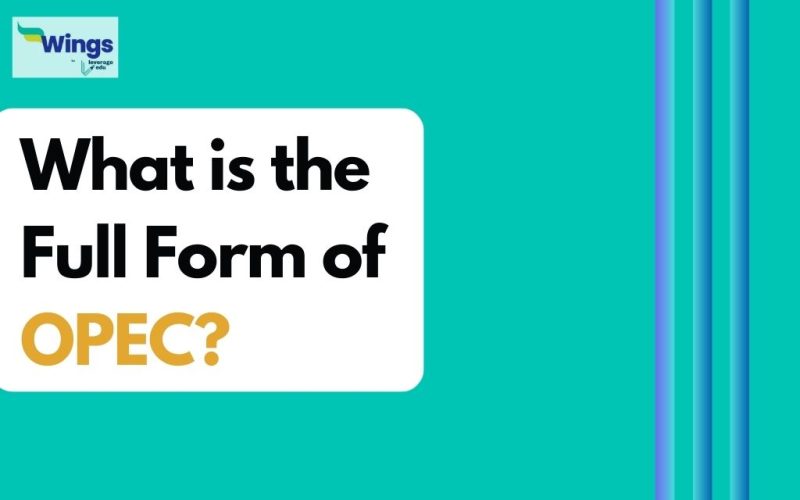The full form of OPEC is the Organization of the Petroleum Exporting Countries. It was established at the Baghdad Conference in September 1960 by Iran, Iraq, Kuwait, Saudi Arabia, and Venezuela. It is a permanent intergovernmental organisation. There are now 13 members in the organization.
Table of Contents
OPEC Countries – Latest Updates 2023
OPEC+ has agreed not to boost production in April to wait for a more significant rebound in demand in the aftermath of the COVID-19 epidemic. Crude prices increased following the announcement, and are up 33% this year.
Founding Members of OPEC
- Qatar (1961)
- Indonesia (1962)
- Socialist Peoples Libyan Arab Jamahiriya (1962)
- United Arab Emirates (1967)
- Algeria (1969)
- Nigeria (1971)
- Ecuador (1973–1992)
- Gabon (1975–1994)
OPEC Countries Objectives
The main objectives are given below:
- To ensure fair and stable prices for petroleum producers, member countries should coordinate and unify their petroleum policies
- ensuring a reliable, cost-effective, and efficient supply of petroleum to countries that need it, as well as a sufficient return on investment
Must Read: What is the full form of NATO?
FAQs
A. As of 2019, OPEC has a total of 14 Member Countries viz. Iran, Iraq, Kuwait, United Arab Emirates(UAE), Saudi Arabia, Algeria, Libya, Nigeria, Gabon, Equatorial Guinea, Republic of Congo, Angola, Ecuador and Venezuela are members of OPEC.
A. The OPEC Secretariat is the executive organ of the Organization of the Petroleum Exporting Countries (OPEC). Located in Vienna, it also functions as the Headquarters of the Organization, in accordance with the provisions of the OPEC Statute.
A. Saudi Arabia. It controls about one third of OPEC’s total oil reserves, plays a leading role in the organization.
For more information, follow our general knowledge section!
 One app for all your study abroad needs
One app for all your study abroad needs













